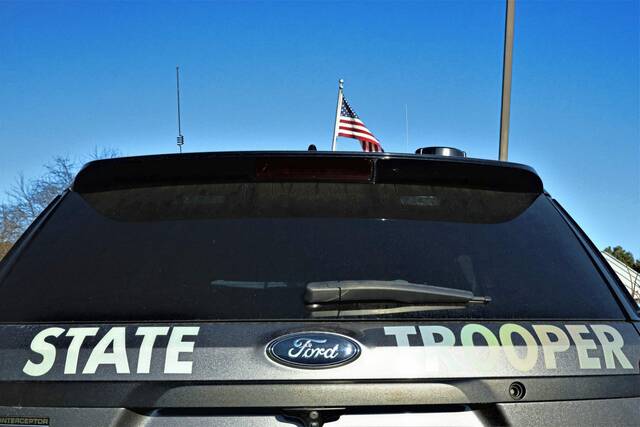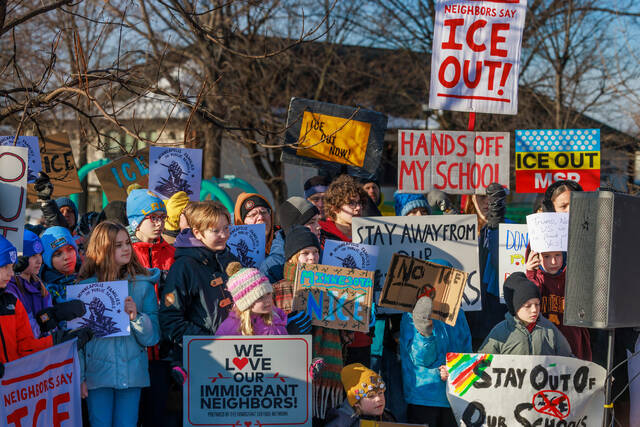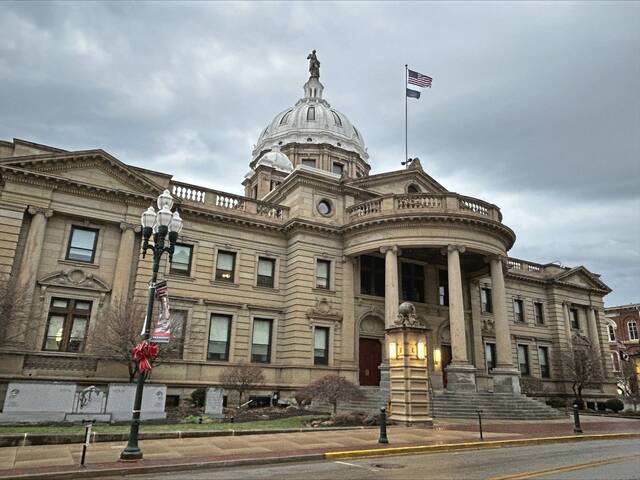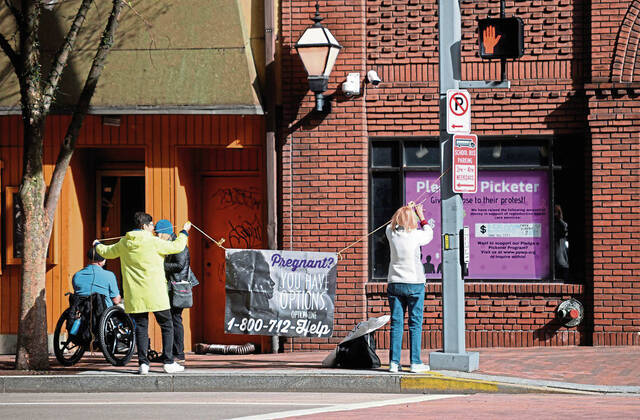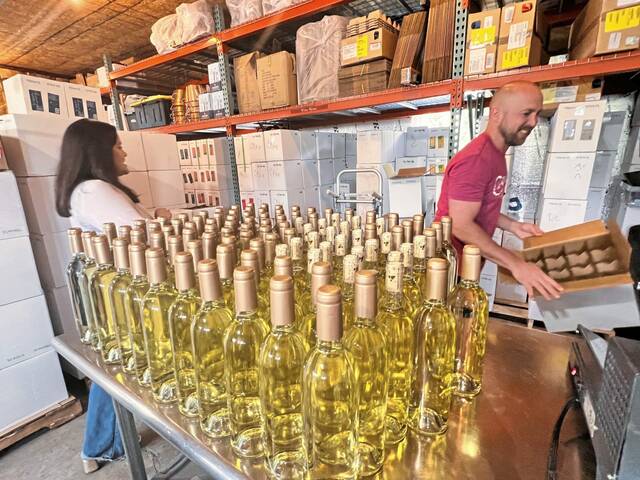The Pennsylvania Turnpike’s chief engineer said roughly $1 billion in funding is in place to continue the Mon-Fayette Expressway from Route 51 to Route 837.
It’s a project whose first phase is set to begin next year and last until 2027.
The turnpike commission is finishing up work on the Southern Beltway, which connects Route 22 in Findlay to I-79 near the Allegheny/Washington county border.
“We’re going to be able to pivot quickly and begin work on this next part of the expressway,” said chief engineer Brad Heigel at Tuesday’s Senate Democratic Policy Committee hearing in Monroeville.
Several witnesses, from Heigel to Turnpike CEO Mark Compton and local chamber of commerce presidents, touted the potential benefits of connecting the Mon Valley with Pittsburgh’s eastern suburbs and western Westmoreland County.
The remaining work has been split into seven sections, the first stopping at Camp Hollow Road near the Allegheny County Airport, with the goal of continuing to Route 837.
After that, the expressway would cross the Monongahela River and bring the expressway up to connect with I-376 in Monroeville. An additional interchange would provide access to the Route 30 corridor.
“We’re going to build from south to north, so we can open each section as it’s completed,” Heigel said.
Heigel said that a funding source for the sections north of the Monongahela has yet to be found, but put its cost at roughly another $1.1 billion.
“If we are able to get some of the federal (American Jobs Plan) funding that may be available, it would go toward work on this northern section,” he said.
Jake Haulk, president of the Allegheny Institute for Public Policy, said he’s concerned that the money being discussed as part of President Joe Biden’s American Jobs Plan is the reason the expressway is back in front of legislators.
“This thing was stopped two or three times because it didn’t make any sense,” Haulk said. “Now there’s some money available and they want it bring it up again.”
Haulk has been critical of the project for several years, including in a 2017 policy paper published by the institute.
“I don’t think there’s been a lot of consideration about what’s going to happen when this is actually built, nor about the enormous disruption it’s going to cause,” he said. “We’re having problems here already redoing existing roads and bridges.”
Sen. Jim Brewster, D-McKeesport, said he views the expressway project and other transportation ventures like Western Pennsylvania’s trail systems and public transit, as pieces of one big economic picture.
“When I see how far the trails have come in terms of completion, it’s really impressive. Places like Braddock and Rankin will be able to reinvent themselves for different reasons,” Brewster said. “And what we’ve done with mass transit, with the (Bus Rapid Transit program), what the county executive is doing with the Port Authority — all these things blend together to get people from one place to another, for work, for new businesses, for tourism.”
Darrin Kelly, president of the Allegheny County Labor Council, estimated the new section of the Mon-Fayette Expressway would create around 2,200 full-time construction jobs, and an additional 2,000 to 3,000 related trucking and support jobs.
“We look at this project, as well as the extension of the East Busway, as a way of re-energizing a series of communities,” Kelly said. “A lot of the studies talk about it relieving traffic, and sure, it does that. But its true purpose is reinvesting in abandoned industrial sites.”
Several witnesses at the hearing mentioned the extensive remediation work done on about 1,000 acres of former brownfield industrial sites along the Mon.
“When you look at riverfront development properties in the (Mon) valley, it’s almost the largest tract of nearly contiguous developable riverfront land in the lower 48 states,” said Mon Yough Chamber of Commerce President Maury Burgwin.
Haulk said he doesn’t see what a new toll road has to do with the development of riverfront property.
“The biggest employer in the Mon Valley, U.S. Steel, was not pushing for this,” he said. “They can use rail or the river, which is what built the Mon Valley in the first place. If they’re talking about heavy industry coming in, I just don’t see that happening in the Mon Valley. And if it’s high-tech stuff, why do they need to be on the riverfront?”
Sean Logan is president of the Monroeville Area Chamber of Commerce and the former Pennsylvania Turnpike Commission chairman who oversaw the start of the Mon-Fayette Expressway project. Logan said it represents a promise made more than a generation ago.
“It honors a commitment made several decades ago to the people and businesses of this region that they would not be forgotten,” Logan said. “When I talk with businesses and companies interested in moving to the region, they all want to know about the Mon-Fayette Expressway. It has the potential to alter the course of, literally, the entire region,” he said.
Haulk said the money would be better spent on existing roads.
“You could make the area more friendly to travel and truck traffic, without spending billions on this expressway,” he said.



